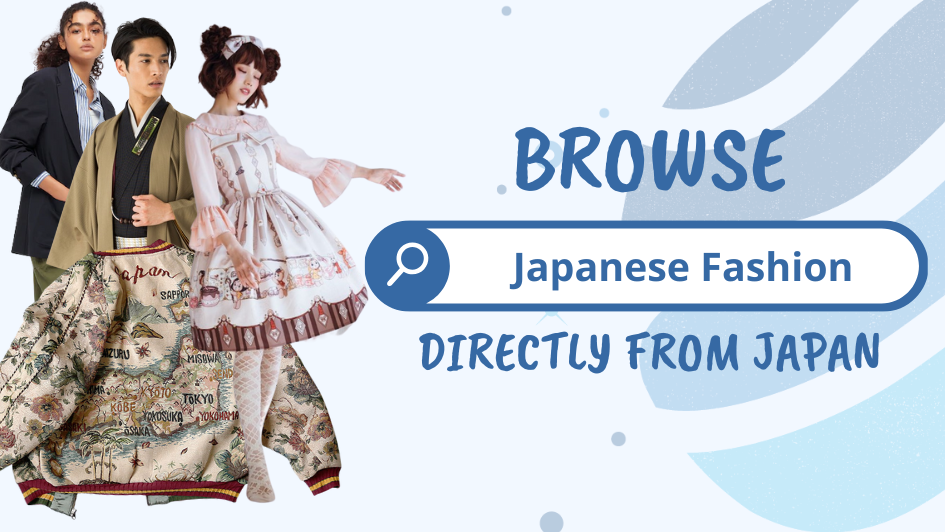The land of contrast, the mix of futuristic and traditional, Japan has long been an inspiration to fashion designers, not only in Japan but around the world.
From traditional elements such as kimono to modern street fashion, keep reading to find out how Japan has changed the world of fashion forever, and why its influences are still visible today.
How Did Japanese Culture Influence the Fashion Industry
Japanese culture has long been a source of inspiration. The traditional yet futuristic culture has become a trend among western countries, particularly translating into fashion.
Issey Miyake, Rei Kawakubo, and Yohji Yamamoto pioneered the use of unevenness and androgyny in their creations, spreading the idea of Wabi Sabi in the West. Arriving in Paris in the 1980s/90s, these fashion designers challenged western ideas of feminine silhouettes and opposed the popular 80s/90s Paris ‘glam’ look. Kawakubo introduced black, asymmetrical female designs to western runways.
However, it was not only the Japanese designers that influenced the west but also the Japanese visuals. Called Japonisme among French artists, the application of Japanese motifs including flowers, dragons, birds, and waves that can be seen on kimonos, also extended to the west. Kimonos are still worn by the Japanese and were crucial to the expansion of Japonisme around the world.
Other popular Japanese patterns are butterfly prints and cherry blossoms. Japanese kana and kanji symbols have also become an important part of western fashion, with both high street and high-end brands using them in their creations.
A revival of kimono dresses, dragon motifs, and silk patterned tops means that Japonisme still influences today’s youth culture. The classic kimono shape has appeared in many designer collections over the years, in one way or another.
What are the sources of inspiration for popular designers that are coming from the Japanese culture? Most designers are inspired by:
- The Kimono
- Japanese Street Fashion
- Wabi Sabi
The Kimono
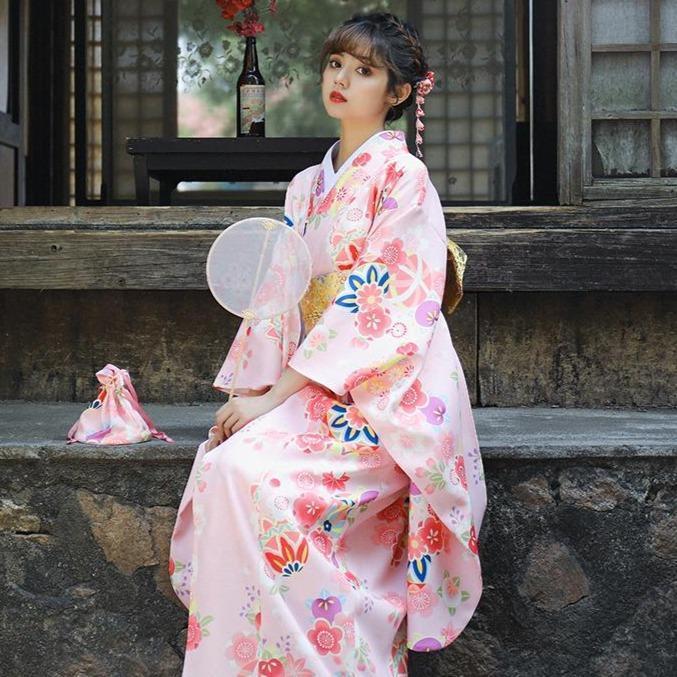
The kimono is a world-famous, traditional Japanese piece of clothing.
It is all about the concept of clothing simplicity. The idea was to create a functional but simple piece of clothing from only one piece of fabric. The final look depends on the chosen material. Also, the garment is adorned with decorative patterns.
The kimono’s sophisticated but simple form has made it one of the most used and explored fashion pieces. The kimono showcases all the beauty and depth of Japanese culture. Since the ’80s, kimono influences and patterns have begun to appear in western designers’ collections thanks to its constant media exposure.
Wabi Sabi
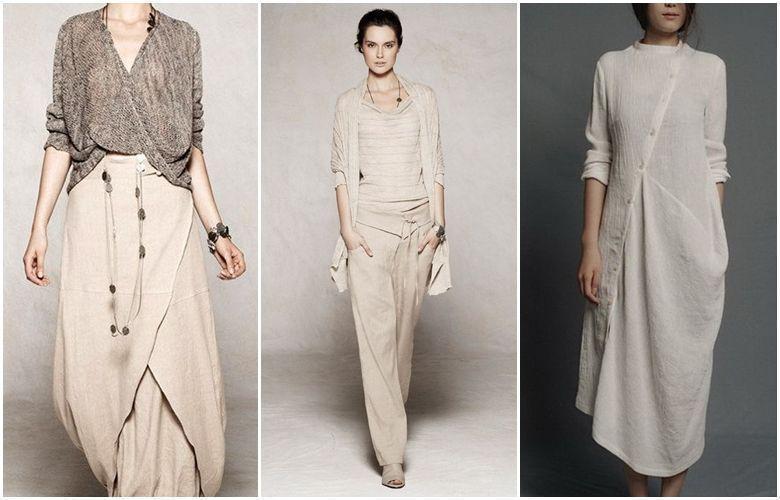
What is wabi sabi? It is an aesthetic principle centered around the concept of imperfection and transience as essential components of beauty. The idea has been used by some of the most famous Japanese designers today.
Since the late 70s, New York, London, and Parisian fashion scenes have been rocked by their Wabi sabi inspired styles and creations. With androgynous and uneven designs, these avant-garde designers helped Japanese fashion get international success and global recognition.
Japanese Street Fashion
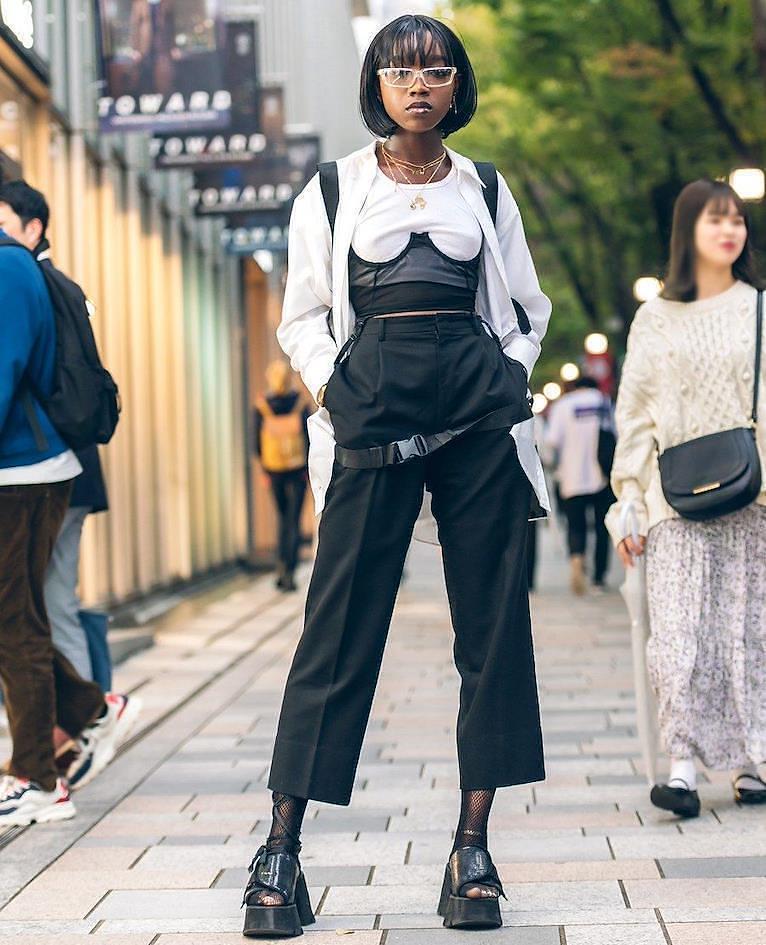
The next important source of inspiration for Japanese designers is street fashion culture.
While extreme Japanese street subcultures still exist, more accessible fashion trends have appeared on the streets of Tokyo, and the looks are generally more toned down. Shoichi Aoki, the famous photographer, captured most of these trends in FRUiTS, a magazine for street-fashion enthusiasts, which reached its peak in the ‘90s.
Today, even global fashion retailers are inspired by Japanese street style trends. Unlike Western fashion trends, constructed by Instagram, celebrities, and fast fashion chains, designers rely heavily on street style in Japan.
Cosplay
Cosplay (short for costume and play) refers to the trend of wearing costumes of a particular theme or character, for example, in Japanese anime.
Over the past few years, cosplay spread outside the realm of manga and anime characters, thanks to events like ComicCon and FanimeCon with themes from American pop culture and Hollywood movies.
The De-Construction Movement
The De-Construction Movement, which started in the 1970s and grew in the 80s, is a period of avant-garde artistic fashion expression.
It signifies that traditional feminine silhouettes were deconstructed to give birth to a new aesthetic.
Zero Waste
Fashion designer Issey Miyake led the Zero-Waste movement.
With his A-POC collection (which means A Piece of Cloth) in 1999, Miyake managed to minimize waste by making clothes out of one piece of fabric so that the rest wouldn’t end up in overcrowded landfills.
Modern Japanese Designers
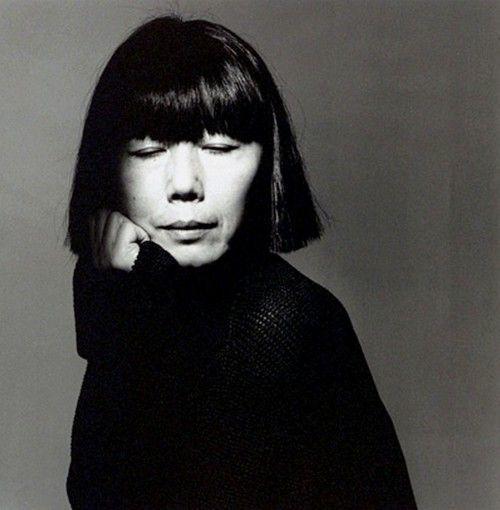
Beyond just floral patterns and kimonos, however, the Japanese aesthetic has changed with the work of more contemporary fashion designers. This modern and edgy style has really disrupted the fashion world.
Artists like Yohji Yamamoto and Rei Kawakubo of Comme des Garçons (which literally means “like boys”) and others invented a deconstruction movement that moved the boundaries between the sexes, creating androgynous looks for women and men. Today, Kawakubo is still a major force in the fashion industry.
Nigo is another name worth mentioning, with his brand Bape (A Bathing Ape). Nigo’s fashion was very popular at the beginning of the streetwear movement. With his graphic hoodies and tees, he made an incredible impact on streetwear; one which is relevant even today.
Takashi Murakami, associated with artists like Pharrell Williams, Kanye West, Billie Eilish, and Virgil Abloh – the creative director for Louis Vuitton – and many other brands and designers, also use the artistry that is part of the Japanese culture.
However, the Japanese fashion influence is so much more than just a few of the names we mentioned here. Even Harajuku, a Tokyo neighborhood, played a big part in the rise of the streetwear trend. Thanks to the effort led by Aoki, whose “FRUiTS” magazine captured the trends of the Japanese youth at the time, streetwear was spread to the masses through his aesthetic photos.
This area was once an epicenter of a fashion that was characteristic of youth culture at the time; uninhibited, excessive, futuristic, and eclectic. These characteristics are still what streetwear is all about and, the Japanese influence is impossible, even ignorant, to ignore.
In the ‘90s, an area called Ura-Harajuku made its way to the fashion spotlight with the aid of brands like Undercover and Bape. Undercover had its own status thanks to the masterful mixing of certain American and British trends by Jun Takashi.
While some might say that Harajuku is not what it was in terms of crazy-style capital, it still remains an eternal source of inspiration for many visionaries and trendsetters at the time.
Related Questions
What inspired Western designers by Japanese culture?
Designers as big as Prada has relied on Japanese themes and culture to bring their visions to life, incorporating reds, blacks, and whites, and floral elements that remind of the always fantastical Japan.
The Japanese kimono has been a source of inspiration for world-famous designers including Eileen Fisher, Armani, and Zuhair Murad.
Rei Kawakubo’s unusual designs inspired European designers such as Alexander Mcqueen, John Galliano, and Martin Margiela and remain relevant today.
How has Japanese culture inspired Japanese fashion?
Among other Japanese styles we mentioned here, some of the most popular fashion figures, such as Rei Kawakubo, Yohji Yamamoto, and Issei Miyake, incorporated Wabi sabi.
While Japanese culture is widely spread due to its unique blend of both the extravagant and simple, its lasting mark on the fashion world is one of its most important contributions.
As global fashion keeps evolving, all that’s left to do is see the never-ending inspiration from Japan, the country of opposites. Traditional or new, simplistic or avant-garde, male or female, Japanese culture has affected all levels of society and helped shape fashion into what it is today.
